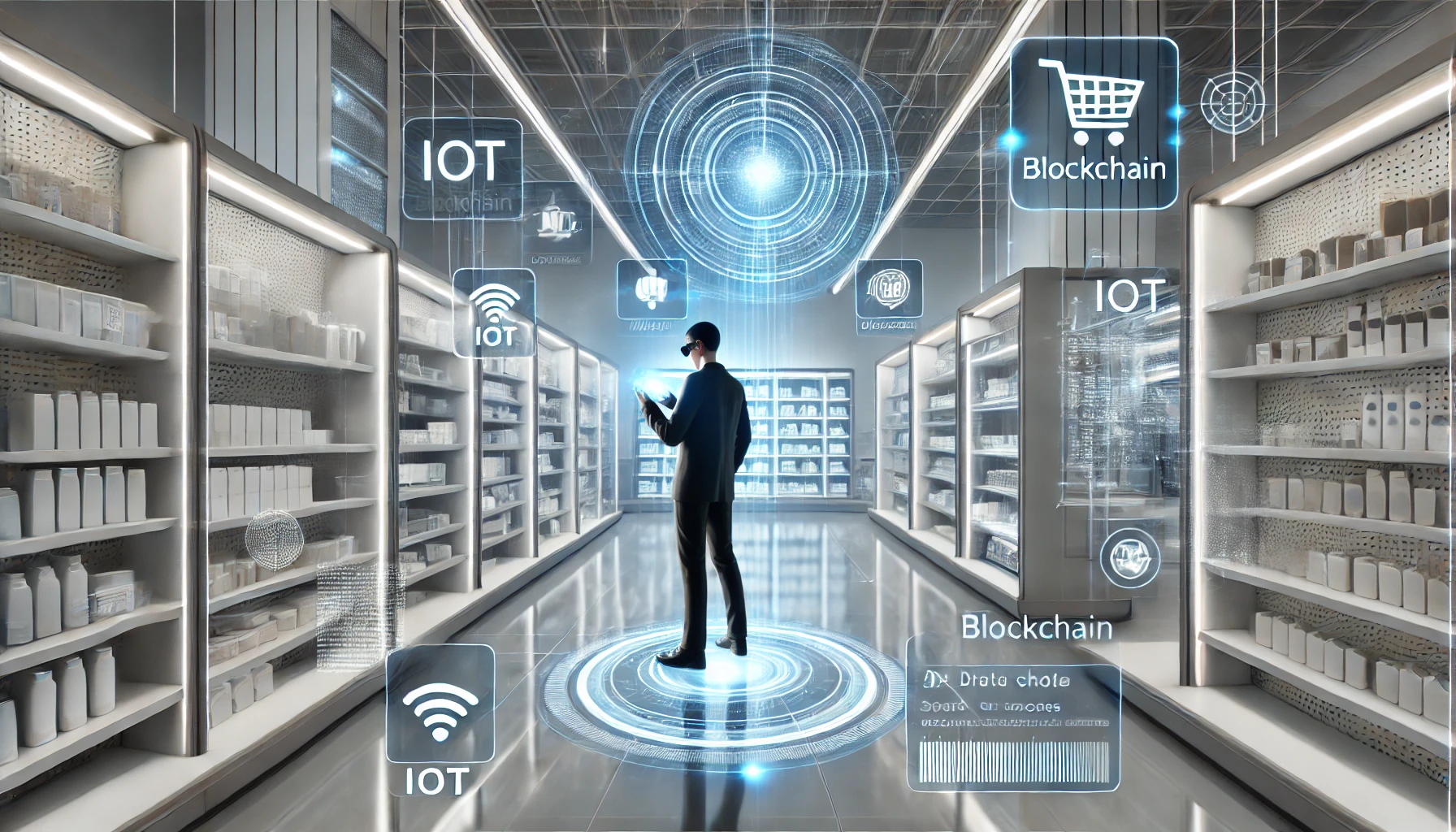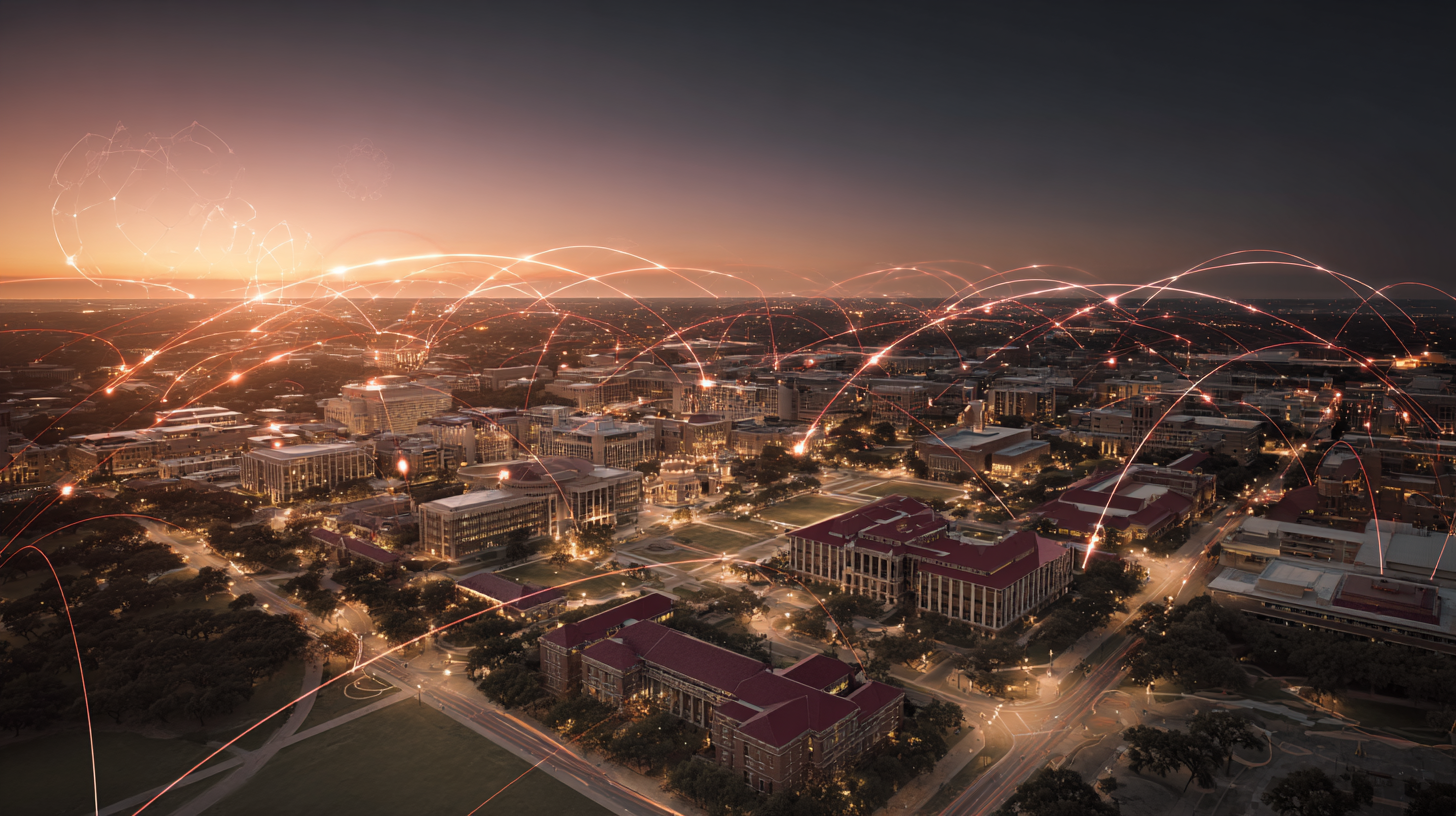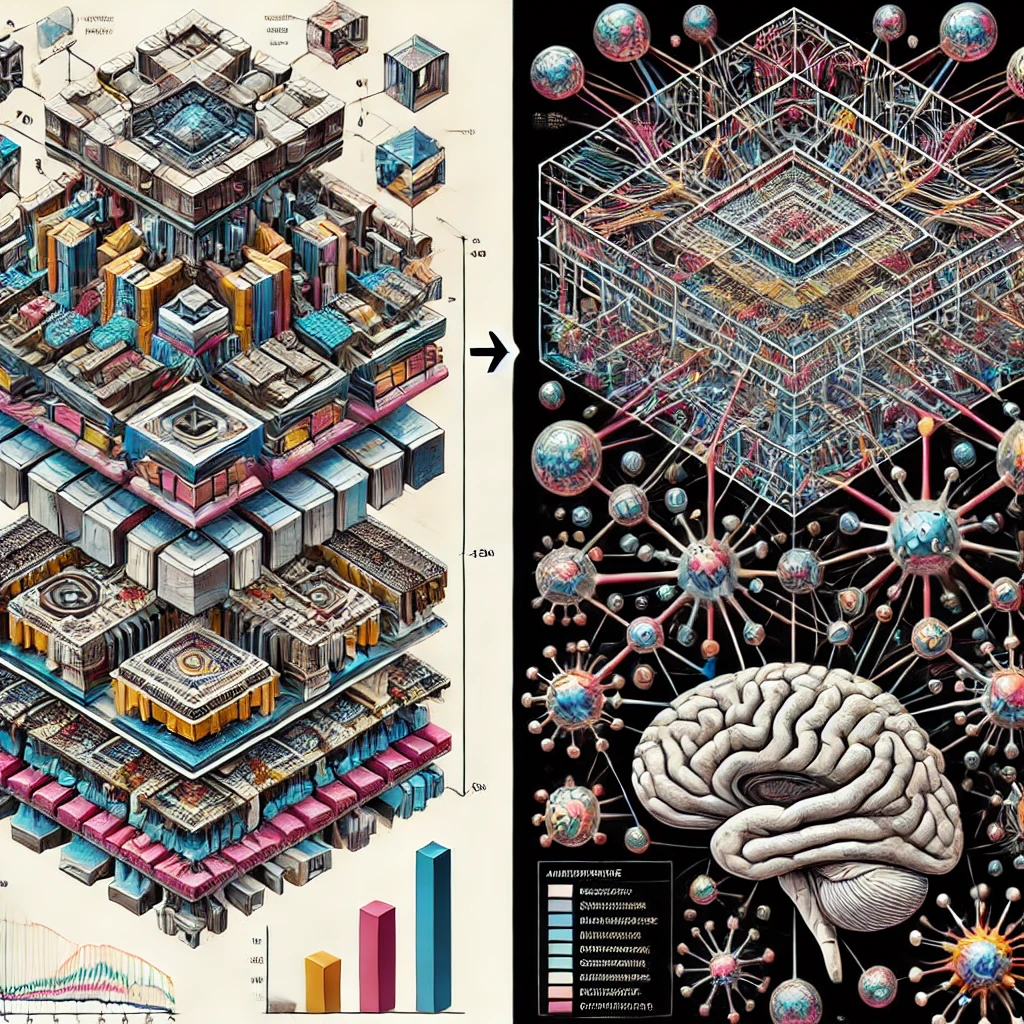
The Future of Shopping is Now
| July 25, 2024
Imagine stepping into a store that knows you better than your best friend. Your smartphone becomes a intelligent shopping assistant, guiding you to products align with your preferences and needs – even though you did not know you needed these products. A mirror transforms into a virtual fitting room, letting you try on dozens of outfits in mere seconds. Science fiction? Not anymore. It is the cutting-edge of retail, reshaping the industry landscape of how we shop.
As you stand at the forefront of this retail revolution, business leaders need to consider: How will these groundbreaking technologies not only revolutionize consumer behavior, but also redefine the entire retail ecosystem? Let’s look at top tech strategies revolutionizing retail, where Artificial Intelligence (AI), Internet of Things (IoT), Augmented Reality (AR), and blockchain are evolving from industry buzzwords into fundamental components of the future of shopping experiences.
AI- Powered Personalized Shopping
Remember that friend who always knew exactly what you needed, sometimes before you did? Well, say hello to your new shopping buddy: AI. Only this friend can analyze millions of data points in the blink of an eye, all to make your retail experience smoother and more personalized than ever before.
Picture this: You walk into your favorite store, and your phone lights up with personalized recommendations. That jacket you have been eyeing online? It is in stock and on sale. Those shoes you did not know you needed? They are the perfect match for your new outfit. This is not some far-off dream—it is happening right now, thanks to companies like 84.51°, Kroger’s data-crunching powerhouse.
Ever heard of Stitch Fix? They are like a personal stylist, powered by AI. Feed their algorithms your preferences, body type, and style aspirations, and voilà! A curated wardrobe appears at your doorstep. It is Netflix-style personalization, but for your closet. This level of customization is becoming the norm, not the exception.
Exciting? Absolutely. But let’s pause for a moment. As AI gets better at predicting (and potentially shaping) our desires, we are left grappling with some weighty questions. Where is the line between convenience and manipulation? How much of our data are we willing to trade for a personalized shopping experience? As we progress towards an AI-driven future, these are the questions that will keep ethicists, policymakers, and savvy consumers must address.
For retailers, the key lies in striking a balance—harnessing the power of AI to enhance the shopping experience while maintaining transparency and respecting customer privacy. Those who navigate this balance successfully will likely emerge as leaders in the new era of retail.
IoT-Connected Store Experience
Imagine stepping into a store that feels alive, as if it is breathing and thinking around you. Shelves seem to whisper to the stockroom, ensuring your favorite products are always available. Mirrors reflect your image as they interact with your smartphone, showing how that outfit would look with accessories you browsed online last week. Your shopping cart? It is quietly keeping a running tally, no cashier needed. Welcome to your new world of IoT-enabled retail, where every object around you is smart, connected, and laser-focused on making your shopping trip an experience.
Take Amazon Go stores, for instance. Walk in, grab what you need, and simply walk out. No lines, no checkout, no fuss. It might feel like magic, but it is an intricate ballet of cameras, sensors, and AI, all working in perfect harmony to make your shopping experience frictionless. This seamless experience is a glimpse into the future of shopping.
IOT is reshaping retail spaces. As physical and digital shopping blurs, we are left wondering: In a world where every object is a potential point of sale, where does shopping end and living begin?
Imagine walking down the street. Your smart glasses highlighting products in shop windows that match your style and budget. Or your refrigerator noticing you are low on milk and adding it to your shopping list—or even ordering it automatically. This is not just shopping; it is a new way of interacting with the world around you.
As we navigate this awakening retail landscape, new questions arise for consumers. Are we comfortable with stores knowing so much about our habits and preferences? Are we ready for a world where shopping becomes so seamless it is almost invisible? And in this hyper-connected retail environment, how does one balance convenience of automation with the joy of discovery?
The retail world is coming alive with IoT, transforming not only the shopping experience but also our interactions with the physical world. Success in the IoT era hinges on striking a balance: harnessing these technologies to create seamless, innovative experiences while steadfastly protecting customer privacy and ensuring transparency. Those who master this balance, offering clear opt-in choices and giving you control over your data, will likely become your trusted shopping destinations in this interconnected future.
Immersive AR/VR Shopping
Remember when “window shopping” meant pressing your nose against the glass? Those days are rapidly becoming a memory. With AR and VR, the world is your showroom, and every surface is a potential storefront.
Take IKEA’s Place app is an example. Wondering how that sleek sofa would look in your living room? Simply point your phone, and it is, virtually nestled in your space, perfectly sized and positioned. This technology is revolutionizing how you make purchasing decisions, potentially saving you from buyer’s remorse and the hassle of returns.
Now imagine trying on dozens of outfits in seconds without stepping into a fitting room; or test-driving a car from your living room. As these technologies evolve, our shopping experiences will become more immersive, convenient, and personalized than ever before.
But how will we navigate this new reality where the virtual and physical worlds of shopping seamlessly merge? As we dive deeper into these immersive technologies, we are left pondering: how will our relationship with physical products and spaces change? Are we heading towards a future where the line between real and virtual shopping blurs beyond recognition?
For retailers, the key to success in the AR and VR landscape lies in creating immersive experiences that enhance your shopping journey without overwhelming or alienating you. Those who seamlessly blend virtual and physical retail spaces, while ensuring ease of use and respecting consumer comfort levels with new technology, will likely become your go-to destinations in this new era of immersive shopping.
Blockchain-Enabled Transparent Shopping
In a world where “fake news” and “alternative facts” have become commonplace, blockchain emerges as an unexpected hero in your shopping adventures, armed with unassailable truth and transparency.
Imagine picking up a banana and instantly tracing its entire journey from a farm in Ecuador to your local supermarket, with every step verified and unchangeable. That’s the power of blockchain, and it’s not just a futuristic concept. Companies like Walmart are already making this a reality. In partnership with IBM, they’re using blockchain to track food from farm to shelf, enhancing your safety and empowering you with knowledge about your purchases.
But blockchain’s potential goes far beyond just ensuring your food is safe. It could usher in an era of radical transparency in your shopping experiences. Every product you buy could come with a verifiable history. Those ethical sourcing claims? The sustainability promises? The authenticity of that luxury handbag? All could be backed by blockchain’s unassailable ledger, giving you unprecedented insight into the products you choose to buy.
As this technology matures, you might find yourself pondering some intriguing questions: How will this level of transparency change your relationship with brands? In a world where you have perfect information about products, how will it influence your buying decisions and brand loyalties?
For retailers, the blockchain revolution presents a unique challenge: leveraging this technology to build unprecedented trust with customers, while adapting to a new paradigm of radical transparency. Those who can effectively use blockchain to verify their claims and provide reliable, immutable product information will likely earn your trust and loyalty in this new era of informed shopping.
Charting the Course: Navigating Retail’s New Frontier
As we stand at the helm of this retail revolution, the horizon ahead is as exciting as it is uncertain. Like astronauts preparing for the first mission to Mars, we are venturing into realm of possibilities, with technologies that seemed like imagination just a decade ago.
However, with great possibilities comes great responsibility. As we embrace these innovations, we need to pay attention to their implications:
- Ethics of Influence: As AI gets better at predicting and shaping our desires, how do we ensure it’s used to enhance, not manipulate, consumer choice?
- Future of Work: As smart technologies reshape retail, how do we prepare the workforce for jobs that may not even exist yet?
- Digital Divide: In our rush to embrace the future, how do we ensure that the benefits of retail tech are accessible to all, not just the tech-savvy or affluent?
- Regulatory Frontier: Our legal frameworks were built for a world of physical stores and cash registers. How do we update them for an age of AI, VR, and blockchain?
As we navigate the rapidly evolving retail landscape, it is clear the future of retail will be characterized by heightened personalization, immersive experiences, and unprecedented transparency. This transformation presents opportunities, where technology not only revolutionizes shopping experience but fundamentally alters relationship between consumers and products.
For business leaders and innovators in retail sector, this paradigm shift raises critical strategic questions.
- How will your organization adapt to and capitalize on these emerging trends?
- What investments in technology and human capital will position your business at the forefront of this retail revolution?
The future of retail is not a distant concept—it’s unfolding now, offering both challenges and exciting possibilities. The strategies implemented today will significantly influence market positions tomorrow. Forward-thinking companies have the opportunity to not just participate in this transformation, but to actively shape the future of the industry. The retail revolution is here!
Recent Blogs
View All
The AI Research Consortium Revolution
| November 11, 2025

The University AI Commercialization Gap
| August 15, 2025

Scaling Intelligence: Quantum Bits to Global Networks
| August 29, 2024

The Future of Shopping is Now
| July 25, 2024

Navigating the Future of AI and Society
| July 24, 2024

